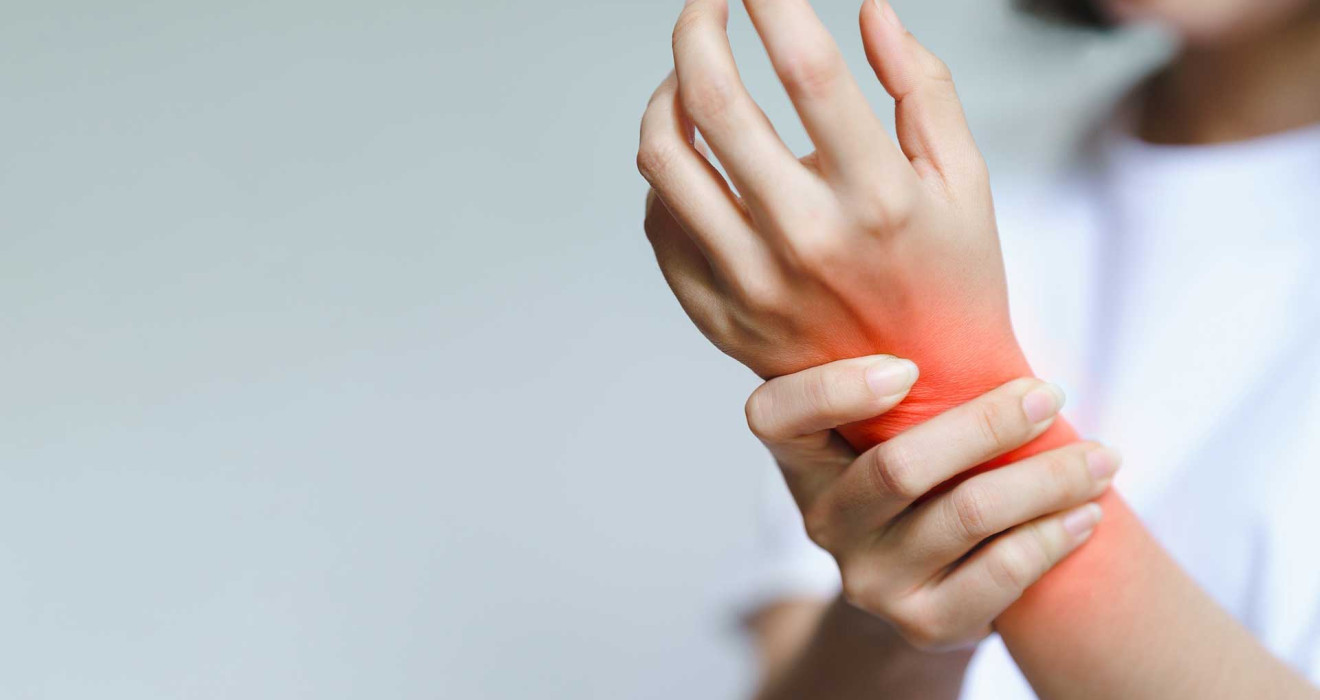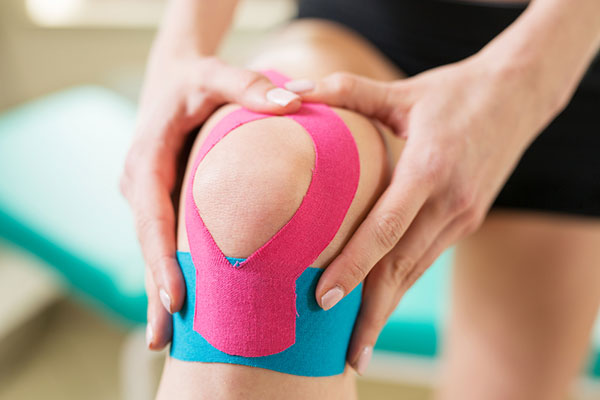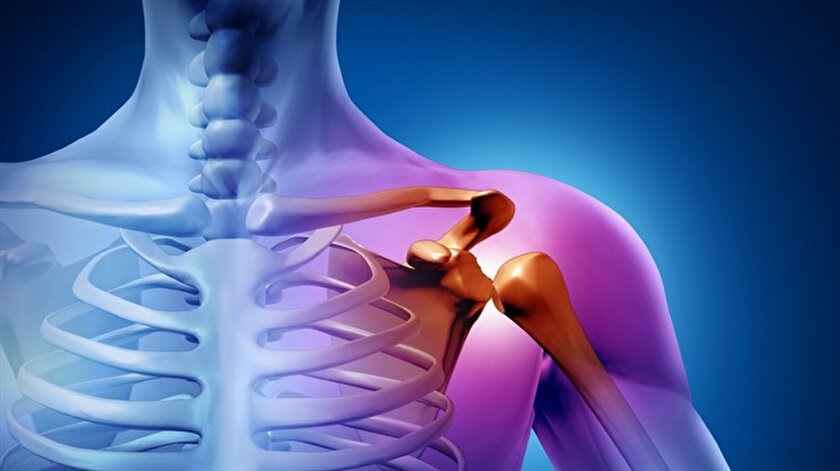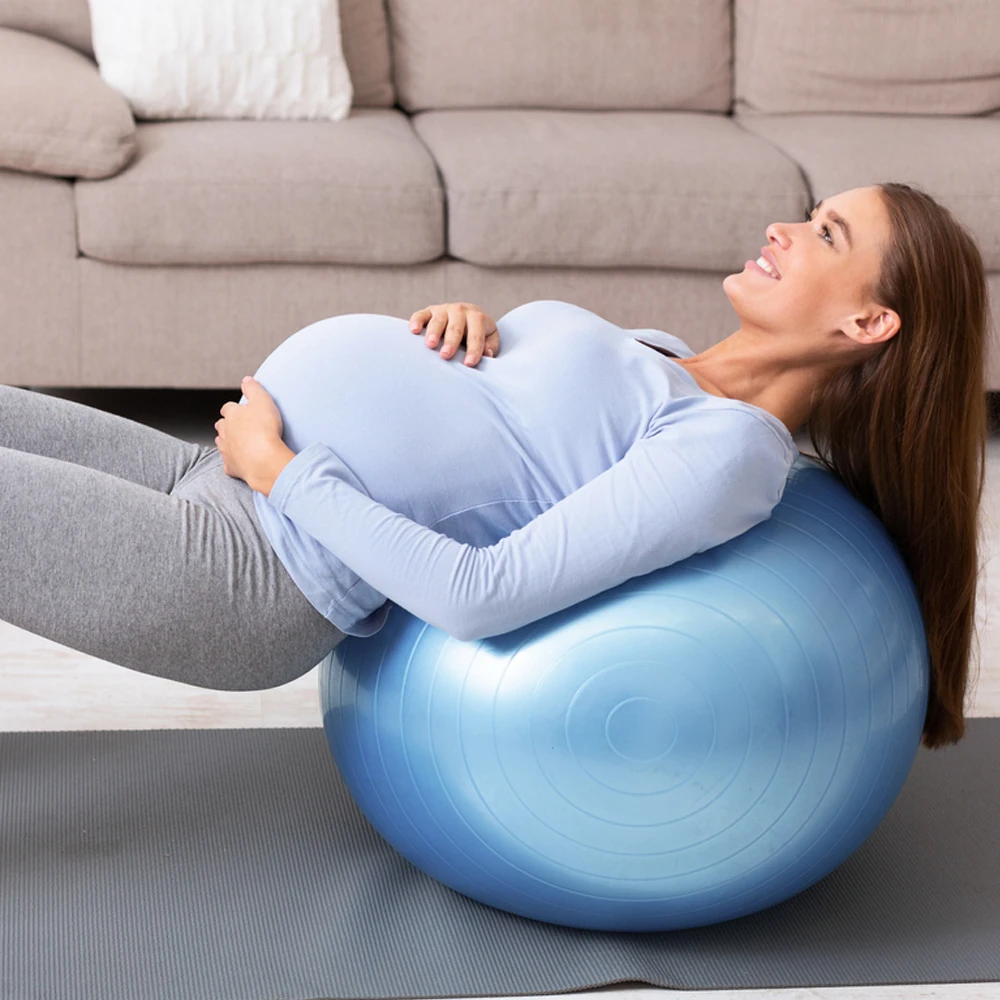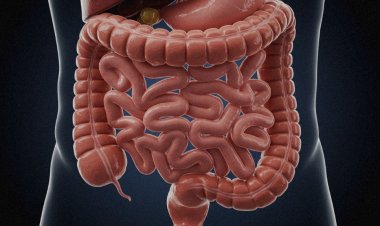Lymphedema Rehabilitation
Lymphedema is a condition that occurs when lymph fluid accumulates in the body due to a disorder or damage in the lymphatic system.
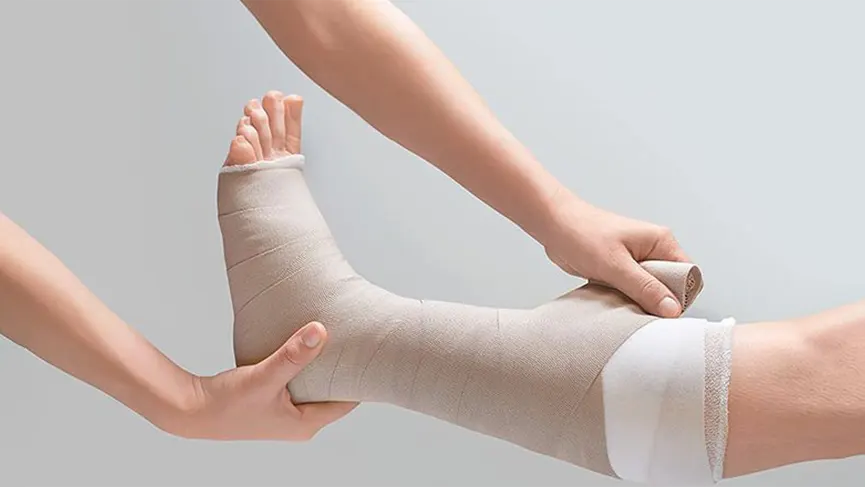
Lymphedema is a condition caused by the accumulation of lymph fluid in the body due to a dysfunction or damage to the lymphatic system. This accumulation may occur as a result of blockages in the lymphatic channels or obstruction of the lymphatic circulation. Lymphedema typically appears as swelling in the arms, legs, face, or neck and may be accompanied by symptoms such as pain, tenderness, stiffness, or a feeling of heaviness.
Rehabilitation of Lymphedema
Physical therapy has an important place in the treatment of lymphedema. Physiotherapists apply special techniques to patients, such as a personalized exercise program and manual lymph drainage. Manual lymph drainage aims to increase fluid circulation by slowly moving the fluid accumulated in the affected area outward through massage. This technique is an effective method of treating lymphedema and is often used in conjunction with other treatment methods.
Physical therapy programs may also include other treatments, such as compression bandaging or special clothing, regional lymph drainage pumps, and exercises that can be done at home to reduce swelling. These treatments help reduce swelling by increasing lymph circulation.
The rehabilitation process includes a personalized program designed for lymphedema. This program is created individually, taking into account factors such as the patient's general health condition, the cause of edema, and the severity of edema. Physical therapy plays an important role in the rehabilitation process and may include recommendations for exercise, diet and lifestyle changes, as well as edema-reducing treatments. The treatment process can last from several weeks to several months and it is important that the patient adheres to the program regularly.
As a result, lymphedema is an important area of physical therapy and the rehabilitation process is shaped according to the individual's specific situation. Physical therapy programs include treatments such as manual lymph drainage, compression bandages and clothing, regional lymph drainage pumps, and exercises that can be done at home. Patients should follow the treatment process with their physiotherapists and observe a decrease in edema as a result of regular application of the program.









